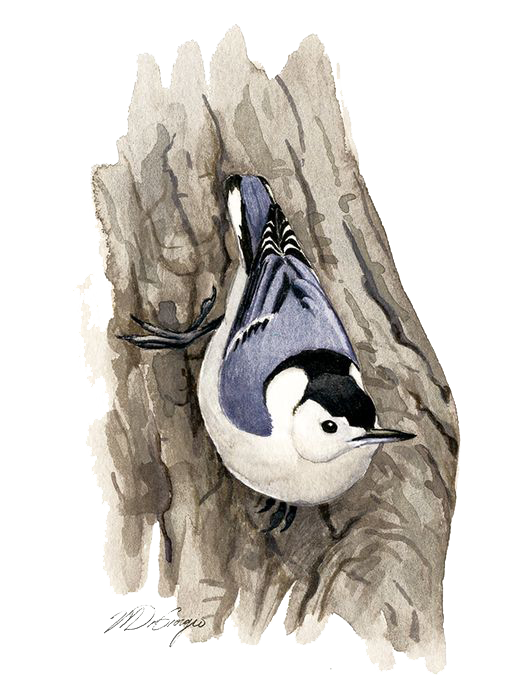Why Do We Need a Land Trust?
Our quality of life in Madison is closely linked to our natural environment and the rich legacy of our rural past. As our town’s population swells, our modern lifestyle puts pressure on our dwindling land resources. Our open spaces need looking after. The Madison Land Conservation Trust is committed to that task. Our role concerns the big picture—the preservation of our town character. But beyond community aesthetics, the Land Trust works to ensure that critical ecosystems that are life support systems for so many plant and animal species are protected. Without the Land Trust, critical acreage easily taken for granted might never be identified and protected.
A land trust provides lots of great health, economic and environmental benefits for members of the nearby community. Its open green space increases opportunities for exercise and healthy social interactions, fosters overall well-being and mental health, and provides a natural classroom for children. It protects natural habitats for wildlife and provides natural buffers around streams and drinking water supplies. It also reduces flood potential, enhances air quality, supports local businesses and preserves the scenic quality of our town.
Fun Facts about Open Space:
- People who live in areas with plenty of open space have lower overall disease prevalence.
- Living in greener environments is associated with better mental health and lower all-cause mortality.
- People who use the natural environment for physical activity (such as hiking on our trails) at least once a week have about half the risk of poor mental health compared with those who do not.
- Research shows that residents of communities with green common spaces enjoy stronger social ties. (Group hikes foster this!)
- High levels of green space presence in childhood is associated with lower risk of many psychiatric disorders later in life.
- Individuals with access to open space have less mental distress, less anxiety and depression, greater well-being, and healthier cortisol levels.
- It decreases government spending through the natural provision of ecosystem services.
- It decreases the cost of recreation.
- By providing opportunities for children to play, it helps them develop muscle strength and coordination, language and cognitive abilities.
Board of Directors
Ian Taylor, President
Al Goldberg, VP Operations
Andrew Cialek, VP Finance
Julie Ainsworth, Treasurer
Linda Niccolai, Secretary
Julie Ainsworth, Outreach
Andrew Cialek, Rettich
Michael DiGiorgio, Outreach
Brian Dooley, Stewardship
Kealoha Freidenburg, Property Management
Al Goldberg, Land Acquisition
David Harding, Stewardship
Micky Komara, Volunteer Coordinator
Bob Kuchta,Stewardship, Land Acquisition, Rettich
Joe Oslander, Stewardship
Bob Owens, Stewardship
Teri Prestash, Outreach
David Roach,Land Acquisition
Charlie Shafer, Rettich
Wendy Schon, Outreach, Land Acquisition
Leslie Sude, Rettich, Land Acquisition
Kate Tommaso, Property Management, Land Acquisition
Barbara Yaeger, Rettich

White-breasted Nuthatch
If you see a small bluish bird with a black cap seeming to defy gravity and wander up and down the trunk of a tree, it’s probably the White-breasted Nuthatch. This bird is not a woodpecker, but a member of the nuthatch family, which has four species in N. America. Only the White-breasted and Red-breasted Nuthatches live in our area. The White-breasted Nuthatch is a common resident of our Land Trust woodlands, and often reveal themselves with a nasal yack, yack. In the spring, with melting snow and longer daylight, their song is often heard ringing through the woodland, which is a loud whi-whi-whi-whi-whi.
Painting © Michael DiGiorgio


